 Video marketing is hot. The next best thing to face-to-face public speaking is a video. More businesses are creating video presentations because they know videos attract attention. Youtube is now the second largest search engine after google and for good reason. Video presentations are more engaging and motivational than webinars which have static slides. Video presentations make use of both visual and auditory learning styles but unlike PowerPoint, it's a lot easier to learn a skill by watching a video.
But video alone will not engage your audience. There’s a lot of competition for boring videos. Effective video marketing requires compelling content and good presentation skills.
Video marketing is hot. The next best thing to face-to-face public speaking is a video. More businesses are creating video presentations because they know videos attract attention. Youtube is now the second largest search engine after google and for good reason. Video presentations are more engaging and motivational than webinars which have static slides. Video presentations make use of both visual and auditory learning styles but unlike PowerPoint, it's a lot easier to learn a skill by watching a video.
But video alone will not engage your audience. There’s a lot of competition for boring videos. Effective video marketing requires compelling content and good presentation skills.
This video immediately engages the listener. I'm not endorsing the content or the speaker but the video serves as a good model for capturing and keeping attention. Notice how this video presentation follows all the guidelines. http://www.doubleyourfatlossnow.com/
Here are some tips to keep your audience listening and engaged to your video presentation from beginning to end.
Attract Attention with a Great Title
Titles sell. Here's how to create attractive headlines:
- Use Numbers: Five Ways to Grow Your Business
- Pique Curiosity: Untold Secrets Internet Marketers Don't Want You to Know
- Ask a Question: What is your Reputation Costing You?
- Use Emotion: All Stressed Out and No One to Choke
Get Started Immediately
Attentions spans are short. Make sure the video starts up when opened. Don't allow ads. Introduce yourself and get right to the point. Lengthy introductions are passe.
Get Personal
People buy from people they know, like, and trust. So tell them something personal. Add a photo of yourself, possibly a family member or pet. People relate to animals and a picture of your pet humanizes you and creates a bond with the audience.
Provide A Promise
What will they gain by listening to your video presentation? Provide an agenda or road map. Listeners want to know where you're taking them. A three point agenda works best.
Keep the Action Going Every Three Seconds
The trend in videos is to change scenes every three seconds. Yes, three seconds! I tested this on myself. I noticed that every time I was about to fast forward a video presentation, the scene would change. I found it uncanny that this video was so tuned into my attention span. Looking for a formula, I started to count. One..two..three. The slide changed. One..two..three. The slide changed again. That's how I discovered the three second rule.
Provide Real Value
Nobody will stay tuned for a sales pitch or a rambling message. Effective video marketing offers new information, and promises more data and solutions that the listener desires. Content is king on the internet as well as in videos.
Find Their Point of Pain
Education for the sake of knowledge is noble but it won't sell your product, service, or brand. People need to know you understand their pain.Identify their pain points and offer relief. Your presentation must speak to them directly.
Build Anticipation
In the above video, they tease the audience with the 4 hormones needed to burn fat that the medical profession doesn't talk about. Just like a good soap opera, build anticipation and people will stay tuned.
Entice with your Voice.
Video presentations are a form of public speaking. If you can't afford a professional voice over, make sure you use the deeper range of your voice, articulate clearly, and keep an even pace. If your voice is not your best asset, invite a friend to do the voice over.
Don’t Add a Control Bar
How many times do you try to fast forward to the end? As much as I desire a control bar as a listener, this gives the audience too much control. As long as the video provides strong content and moves quickly, you'll keep the audience listening.
Save the Offer for the Very End
Avoid a sales pitch and focus on education. As you build a convincing case, people will be
ready to buy. Make sure the offer happens at the very end on the last slide. Nobody likes a hard sell.
What are your tips for creating a knockout video?
Send me your links to the best videos you've watched.
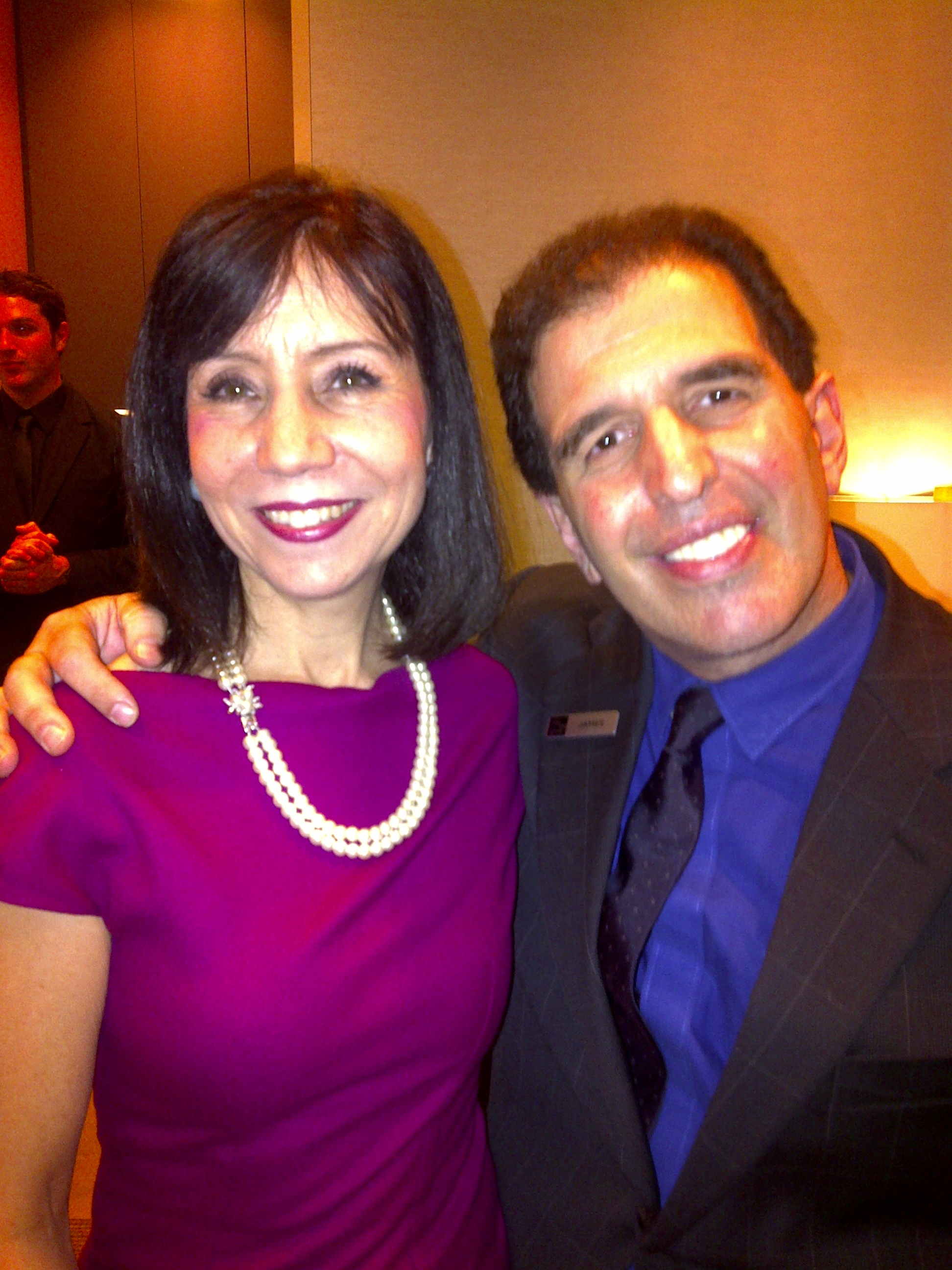 New York, NY (Dec 12, 2012) -- Diane DiResta, CEO of DiResta Communications and author of Knockout Presentations, co-hosted a holiday event for executive women sponsored by Saks Fifth Avenue. The title of the event was, Get Your Executive Presence On, and included a short presentation from DiResta, a preview of Tahari's elegant winter line, and free Chanel makeovers for the women in attendance.
New York, NY (Dec 12, 2012) -- Diane DiResta, CEO of DiResta Communications and author of Knockout Presentations, co-hosted a holiday event for executive women sponsored by Saks Fifth Avenue. The title of the event was, Get Your Executive Presence On, and included a short presentation from DiResta, a preview of Tahari's elegant winter line, and free Chanel makeovers for the women in attendance.
 Back in September, I wrote about
Back in September, I wrote about 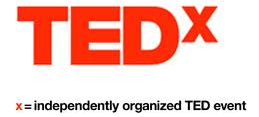 TED.com
TED.com  When I first started out in my speaking business, I was hired by American Management Association to give public seminars in public speaking and presentation skills.
One day, the program director sent around a memo stating that all AMA presenters were expected to arrive early to the class. It was not acceptable to show up at 9:00 a.m. What? Who would do that? I always arrived an hour early.
When I first started out in my speaking business, I was hired by American Management Association to give public seminars in public speaking and presentation skills.
One day, the program director sent around a memo stating that all AMA presenters were expected to arrive early to the class. It was not acceptable to show up at 9:00 a.m. What? Who would do that? I always arrived an hour early.
 Josephine "Jody" Prestovino single-handedly brought missing federal supplies to Staten Island, New York by using her voice. Jody lost her home during hurricane Sandy and spoke on behalf of her own community with no media training. She looked directly at the camera and said, "Obama promised to cut through the red tape, but we've seen nothing. Nobody is here."
It's because she spoke with conviction and passion that she had an impact.
Josephine "Jody" Prestovino single-handedly brought missing federal supplies to Staten Island, New York by using her voice. Jody lost her home during hurricane Sandy and spoke on behalf of her own community with no media training. She looked directly at the camera and said, "Obama promised to cut through the red tape, but we've seen nothing. Nobody is here."
It's because she spoke with conviction and passion that she had an impact.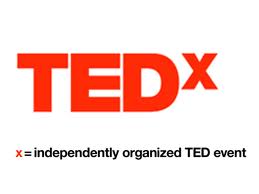 TED
TED  Video marketing
Video marketing The first presidential debate on October 3, 2012 belongs to Mitt Romney. It was a clear win in terms of content and delivery. Both candidates began cordially and gracefully. The President acknowledged his wife on the evening of their 20th anniversary. Mitt Romney also congratulated him and quipped about how Obama probably didn't want to spend a romantic evening on stage with him.
Both candidates are skilled public speakers. They each looked presidential but Romney owned the room with his rapid fire responses, his knowledge of the facts, and his aggressive approach. He seemed more relaxed and natural and was finally able to humanize his image by talking about people he had met on the campaign trail and correcting any inaccuracies about his policies. What was especially effective was his ability to speak crisply as he quickly enumerated three to four points he wanted to make. He made direct eye contact with Obama and his passion was evident. Gone was his robotic delivery.
The first presidential debate on October 3, 2012 belongs to Mitt Romney. It was a clear win in terms of content and delivery. Both candidates began cordially and gracefully. The President acknowledged his wife on the evening of their 20th anniversary. Mitt Romney also congratulated him and quipped about how Obama probably didn't want to spend a romantic evening on stage with him.
Both candidates are skilled public speakers. They each looked presidential but Romney owned the room with his rapid fire responses, his knowledge of the facts, and his aggressive approach. He seemed more relaxed and natural and was finally able to humanize his image by talking about people he had met on the campaign trail and correcting any inaccuracies about his policies. What was especially effective was his ability to speak crisply as he quickly enumerated three to four points he wanted to make. He made direct eye contact with Obama and his passion was evident. Gone was his robotic delivery.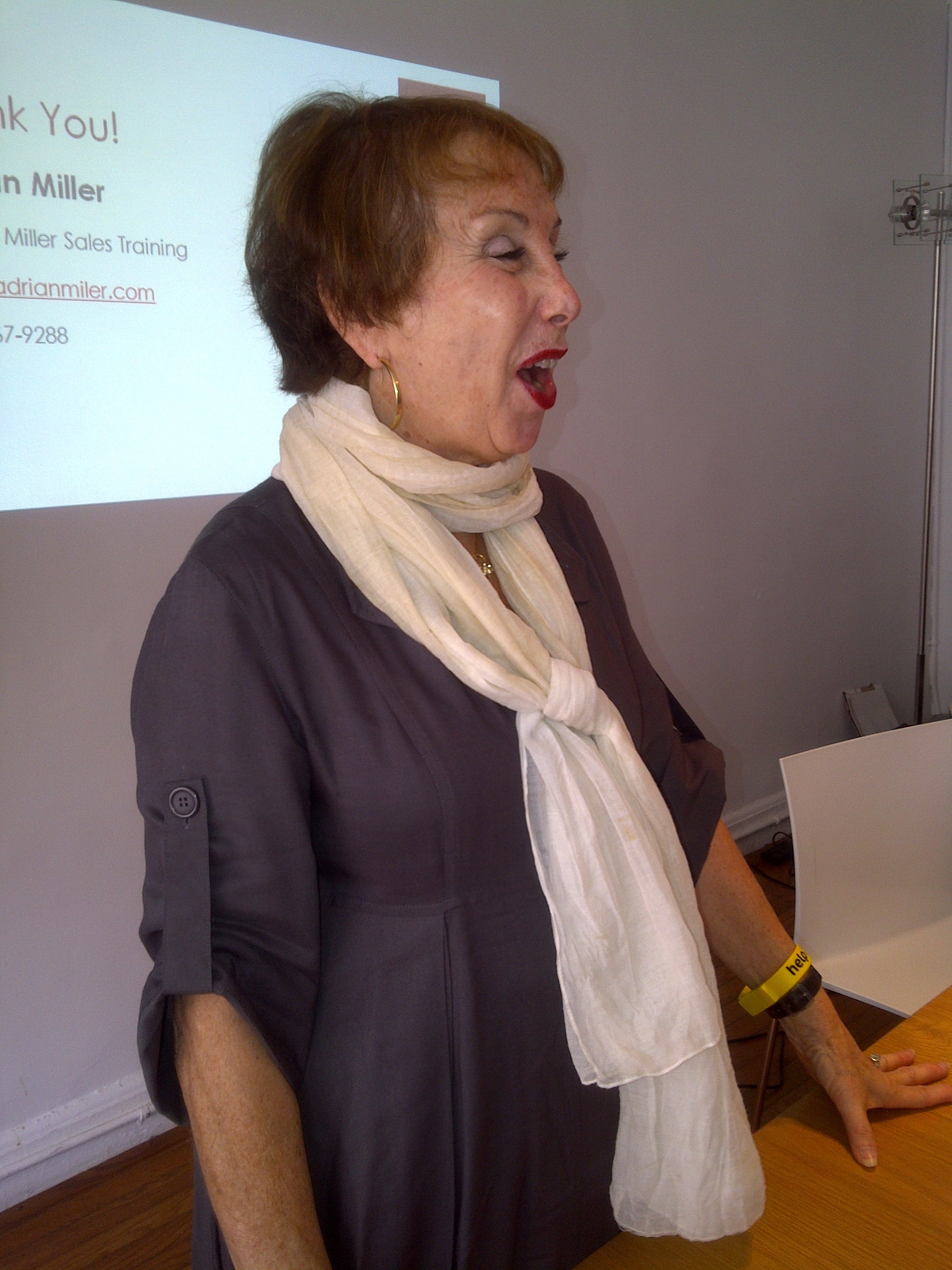
 On Friday, Ford Saeks spoke to the
On Friday, Ford Saeks spoke to the  The political stage is a fascinating study of the power of the presentation. When it comes to public speaking and
The political stage is a fascinating study of the power of the presentation. When it comes to public speaking and Last night I was a guest speaker for ABWA. My presentation was Speak Powerfully Sell More: Speak Your Way to More Business.
One woman in the audience asked a question about how to handle a celebrity who is hired to speak and doesn't deliver. This woman went on a rant about how many of these celebrities are not good speakers and yet meeting planners continue to hire them. I explained that the reason for that was event planners want to sell tickets. An event will sell out when the keynote speaker is a celebrity.
Last night I was a guest speaker for ABWA. My presentation was Speak Powerfully Sell More: Speak Your Way to More Business.
One woman in the audience asked a question about how to handle a celebrity who is hired to speak and doesn't deliver. This woman went on a rant about how many of these celebrities are not good speakers and yet meeting planners continue to hire them. I explained that the reason for that was event planners want to sell tickets. An event will sell out when the keynote speaker is a celebrity. Today marks the eleven year anniversary of 911. I remember it like yesterday. It was the nicest day of the year. There was a noticeable stillness in the air. I headed off to
Today marks the eleven year anniversary of 911. I remember it like yesterday. It was the nicest day of the year. There was a noticeable stillness in the air. I headed off to  Bill Clinton is a rock star on the speaking platform and the ultimate spin meister. I tell my audiences that gifted speakers are born. Most public speakers will never reach the level of a Martin Luther King. Not even most professional speakers achieve that height. Some speakers have a special gift-an ability to move the masses, entertain the crowd, speak off the cuff, and sway an audience.
And last night at the Democratic Convention, Clinton demonstrated all of it and then some. As I anticipated his speech, I wondered how he was going to excite the crowds when the facts pointed to high unemployment, lower wages, and a general discontent with the economy. Well, it didn't take him long to put a position spin on the situation. How did he do it?
Bill Clinton is a rock star on the speaking platform and the ultimate spin meister. I tell my audiences that gifted speakers are born. Most public speakers will never reach the level of a Martin Luther King. Not even most professional speakers achieve that height. Some speakers have a special gift-an ability to move the masses, entertain the crowd, speak off the cuff, and sway an audience.
And last night at the Democratic Convention, Clinton demonstrated all of it and then some. As I anticipated his speech, I wondered how he was going to excite the crowds when the facts pointed to high unemployment, lower wages, and a general discontent with the economy. Well, it didn't take him long to put a position spin on the situation. How did he do it?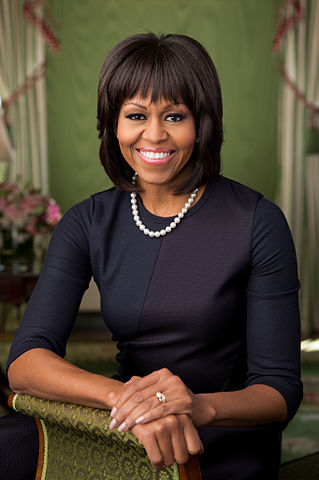
 Today is Take a Second Look Day. That means it's a day to repurpose, reuse, or redistribute your content. It can apply to anything in your life. Since many public speakers freeze when they have to prepare a speech or presentation, I thought it would be valuable to apply this "Take a Second Look" concept to preparing a presentation.
Panel Presentations
Let's say you're asked to speak on a panel or to give a stand-up presentation on your topic of expertise. You're staring at a blank piece of paper and wondering how to begin. Who says you have to start from scratch? Use what you already have done. Take a look at past presentations, documents, proposals, blogs, and articles you're written. What is the main topic or theme? How can you repackage it?
Today is Take a Second Look Day. That means it's a day to repurpose, reuse, or redistribute your content. It can apply to anything in your life. Since many public speakers freeze when they have to prepare a speech or presentation, I thought it would be valuable to apply this "Take a Second Look" concept to preparing a presentation.
Panel Presentations
Let's say you're asked to speak on a panel or to give a stand-up presentation on your topic of expertise. You're staring at a blank piece of paper and wondering how to begin. Who says you have to start from scratch? Use what you already have done. Take a look at past presentations, documents, proposals, blogs, and articles you're written. What is the main topic or theme? How can you repackage it? Last night at the Republican convention, we witnessed public speakers who nailed their presentations. What do Paul Ryan, Condolezza Rice, and Susana Martinez have in common as public speakers? Each and everyone of them shared a personal story.
Susana began by telling the story of her immigrant parents.
Last night at the Republican convention, we witnessed public speakers who nailed their presentations. What do Paul Ryan, Condolezza Rice, and Susana Martinez have in common as public speakers? Each and everyone of them shared a personal story.
Susana began by telling the story of her immigrant parents.